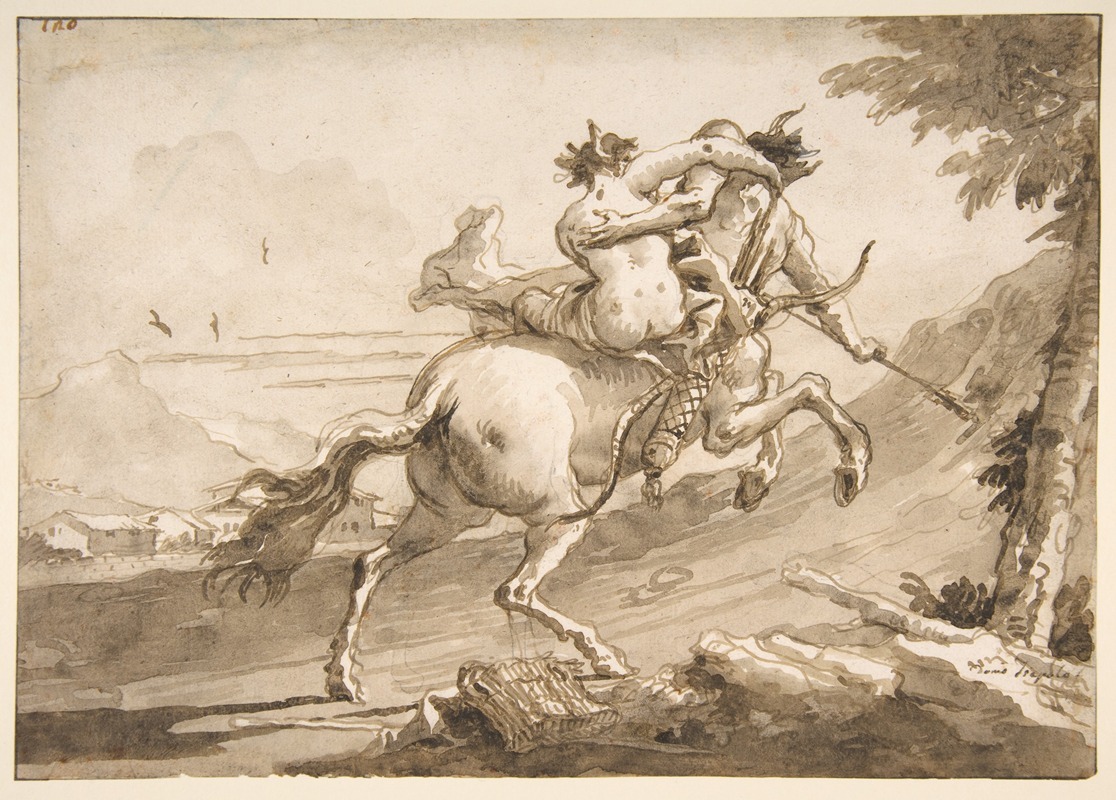
Back View of a Centaur Abducting a Satyress
A hand-painted replica of Giovanni Domenico Tiepolo’s masterpiece Back View of a Centaur Abducting a Satyress, meticulously crafted by professional artists to capture the true essence of the original. Each piece is created with museum-quality canvas and rare mineral pigments, carefully painted by experienced artists with delicate brushstrokes and rich, layered colors to perfectly recreate the texture of the original artwork. Unlike machine-printed reproductions, this hand-painted version brings the painting to life, infused with the artist’s emotions and skill in every stroke. Whether for personal collection or home decoration, it instantly elevates the artistic atmosphere of any space.
Giovanni Domenico Tiepolo, an Italian painter and printmaker, is known for his dynamic compositions and vibrant use of color. He was born in Venice in 1727 and was the son of the renowned artist Giovanni Battista Tiepolo. Domenico Tiepolo's work often reflects the influence of his father, yet he developed his own distinctive style that combined elements of the Rococo and Neoclassical movements.
One of Domenico Tiepolo's intriguing works is "Back View of a Centaur Abducting a Satyress." This artwork is part of a series of drawings and paintings that explore mythological themes, a common subject in Tiepolo's oeuvre. The piece depicts a centaur, a mythical creature with the upper body of a human and the lower body of a horse, in the act of abducting a satyress, a female counterpart to the satyr, known for their association with Dionysian revelry and rustic music.
The composition is notable for its dynamic movement and the tension between the figures. The centaur is shown from the back, emphasizing the muscular form and the power inherent in the creature. The satyress, in contrast, is portrayed with a sense of vulnerability, her posture suggesting resistance or surprise. This juxtaposition highlights the drama and emotion of the scene, a characteristic feature of Tiepolo's work.
Domenico Tiepolo's technique in this piece demonstrates his skillful use of line and shading to create depth and texture. The drawing likely employs a combination of pen, ink, and wash, mediums that Tiepolo frequently used to achieve a sense of immediacy and fluidity in his work. The attention to anatomical detail and the careful rendering of the figures' forms reflect Tiepolo's deep understanding of human and mythological anatomy, a testament to his artistic training and expertise.
Thematically, "Back View of a Centaur Abducting a Satyress" fits within the broader context of 18th-century European art, which often revisited classical mythology to explore themes of power, desire, and the natural world. Tiepolo's interpretation of these themes is both personal and reflective of the cultural milieu of his time, where mythological subjects were used to convey complex human emotions and societal ideals.
Domenico Tiepolo's works, including this piece, are celebrated for their imaginative compositions and the ability to convey narrative through visual art. His contributions to the art world extend beyond his paintings and drawings; he also produced a significant number of prints, which helped disseminate his style and themes to a broader audience.
Today, Tiepolo's works are held in high regard and can be found in major museums and collections worldwide. They continue to be studied for their artistic merit and their insight into the cultural and historical context of 18th-century Italy. "Back View of a Centaur Abducting a Satyress" remains a fascinating example of Tiepolo's ability to blend mythological storytelling with artistic innovation, capturing the imagination of viewers both in his time and in the present day.





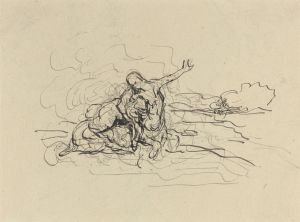
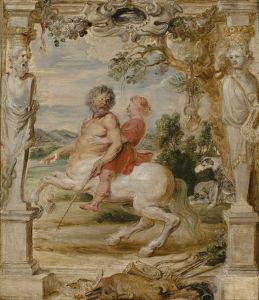
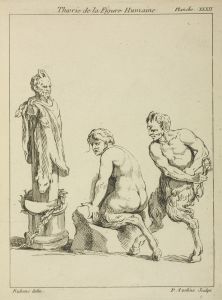
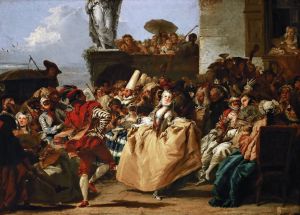
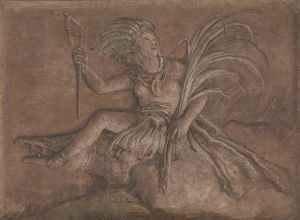
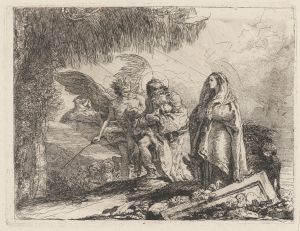
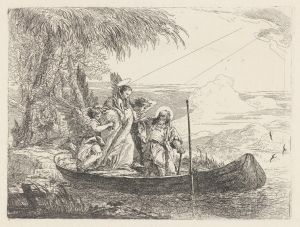
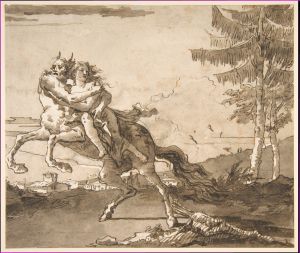
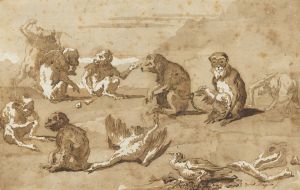

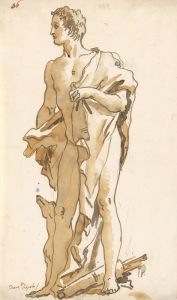
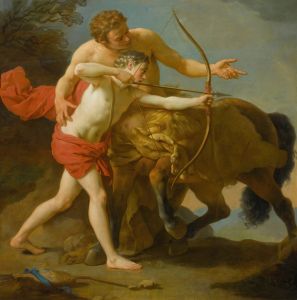
![A Woman and a Horse, Let Someone Else Master Them [The Horse-Abductor]](/imgs/264582/s/francisco-de-goya-a-woman-and-a-horse-let-someone-else-master-them-the-horseabductor-5fe8d731.jpg)
